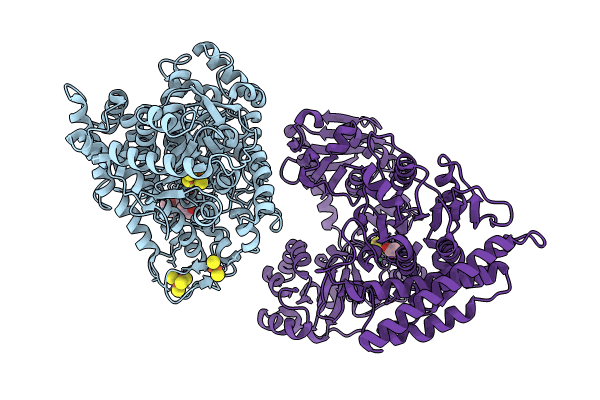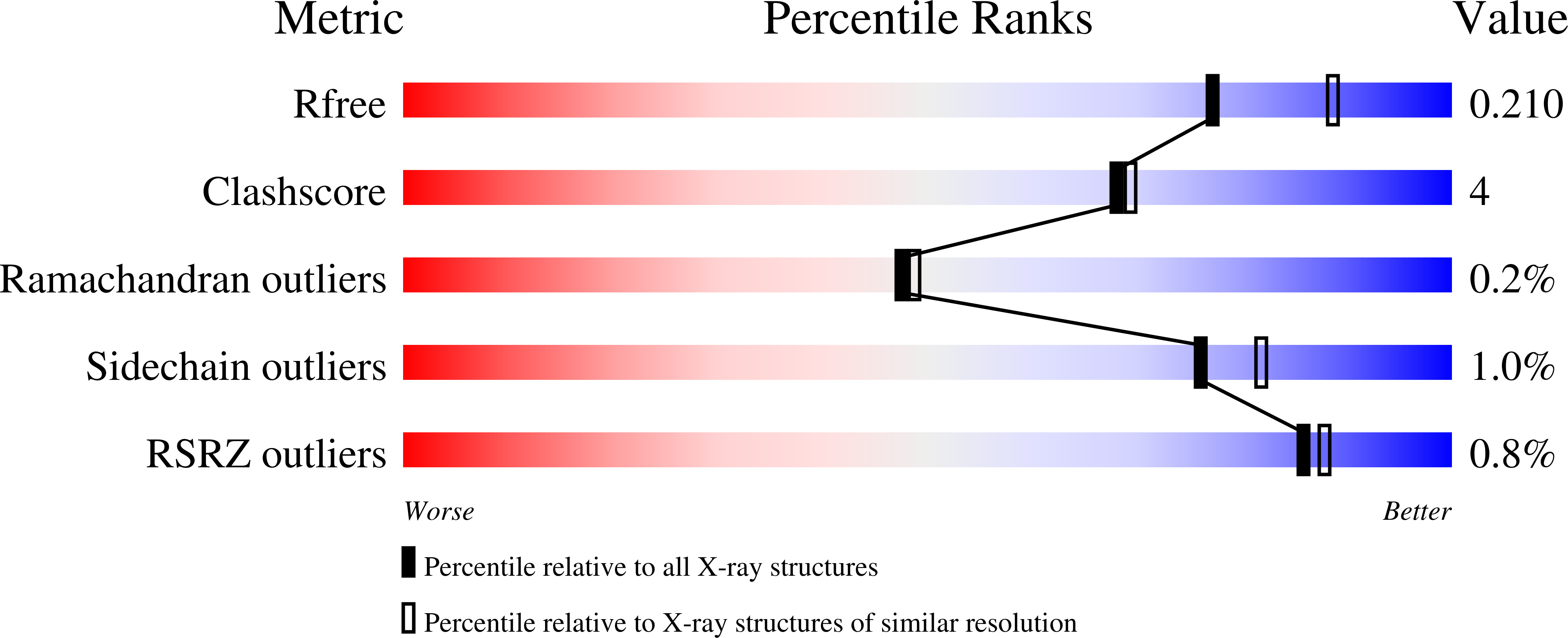
Deposition Date
2023-02-13
Release Date
2024-02-21
Last Version Date
2024-07-31
Entry Detail
PDB ID:
8CJA
Keywords:
Title:
A225L/F231A variant of the CODH/ACS complex of C. hydrogenoformans
Biological Source:
Source Organism:
Carboxydothermus hydrogenoformans Z-2901 (Taxon ID: 246194)
Host Organism:
Method Details:
Experimental Method:
Resolution:
2.10 Å
R-Value Free:
0.20
R-Value Work:
0.17
R-Value Observed:
0.17
Space Group:
P 61 2 2


